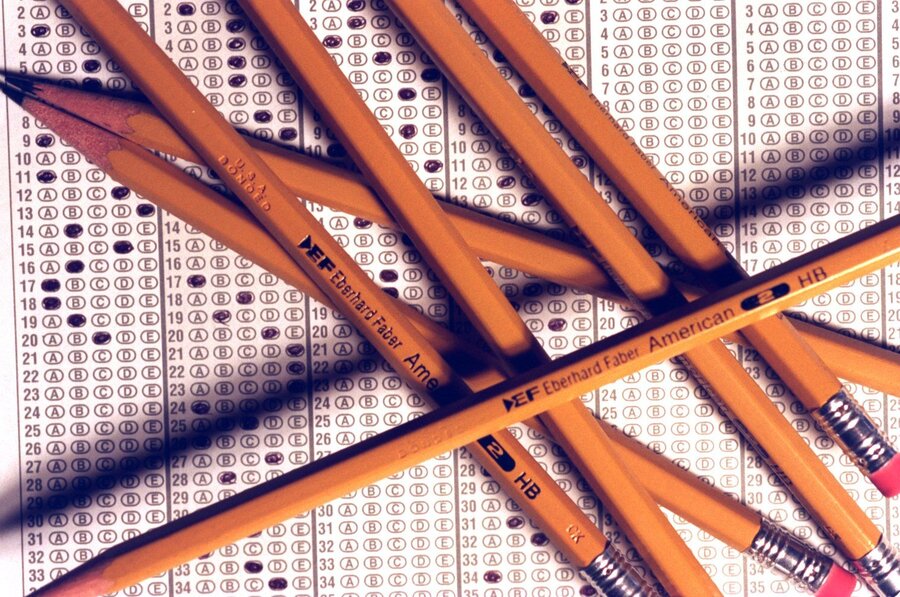National 'report card' shows grades are slipping. Is it credible?
Loading...
The nation’s 'Report Card' is out, and it’s not great news: Reading and math scores slipped for high school seniors
According to the 2015 National Assessment of Educational Progress (NAEP), an annual multiple choice test taken by thousands of randomly selected 12th grade students across the country, average reading and math scores slightly decreased from 2013. Between 2013 and 2015, the nation’s average mathematics score decreased from 153 to 152 out of total score of 300 and the average reading score decreased from 288 to 287 out of 500.
But a breakdown of these statistics suggests that educators face more than just stagnation: while the average scores are relatively the same, they also reveal a widening gap between proficient and below-average students. In other words, the top-achieving students are scoring better and the struggling students are scoring worst.
“There is a gap, a widening of a gap of higher and lower ability students, and I think that’s something we need to think about,” The Education Department’s Peggy Carr, acting commissioner of the National Center for Education Statistic who administers the test, tells the Associated Press.
Amid the discouraging results, some observers are asking: Does the NAEP matter?
“In our era of incredibly volatile state and local testing practices, it is our North Star,” Andrew Ho, professor of education at the Harvard Graduate School of Education and a member of NAEP’s governing board, tells NPR.
Because regardless of recent controversy over the Common Core tests at the local, state and national levels, NAEP is not in the business of assessing and criticizing state’s educational success. These standardized are tests used to take a nationwide snapshot. And NAEP data goes back decades, with reading results have been recorded since 1993 and math since 2005.
But if US high school graduation rates are also a barometer of success, then these statistics contradict the recent NAEP report. Whereas the NAEP says only 40 percent of high school students are ready for college, 82 percent of US seniors graduated from high school in 2014 – the highest level since the Department of Education started tracking graduation rates five years ago.
So why is there such a large gap between what high schools and the NAEP determine as secondary-education-ready?
As Professor Ho notes to NPR, a diploma recognizes more achievement than just reading and math proficiency. Whereas the NAEP recognizes a student’s success on multiple choice tests on one day of the year, a high school diploma recognizes long-term success in a variety of subjects as well as personal accomplishments such as attendance and determination.
“And there’s a second issue. Most standardized state tests have a single passing score, known as the cut score,” explains NPR’s Anya Kamenetz. “NAEP slices its results into four categories: Below Basic, Basic, Proficient and Advanced. But, what Ho calls ‘college and career ready’ doesn’t line up perfectly with either the ‘proficient’ or ‘basic’ standard on the NAEP 12th-grade test. Instead, it falls somewhere in between.”
Also encouraging, there was no significant change in math or reading scores for a specific racial or ethnic group. For average math scores, all white, African American, Hispanic and Asian students decreased two percent from 2013 levels. And for average reading scores, both white and African-American students dipped two percent below 2013 levels, while Hispanic students held the same average score and Asian students actually increase by one percent. And while this isn’t entirely positive news, it is reassuring that no individual minority is falling behind the pack.
“Big change never happens overnight,” then-US Education Secretary Arne Duncan said last year, defending recent nationwide education reform. “I’m confident that over the next decade, if we stay committed to this change, we will see historic improvements.”






